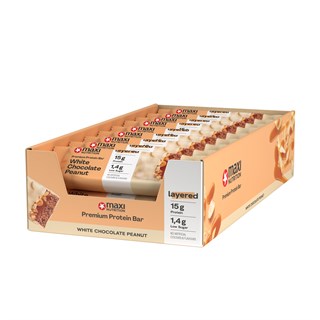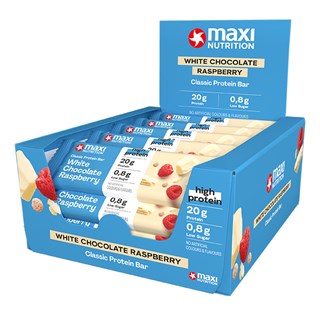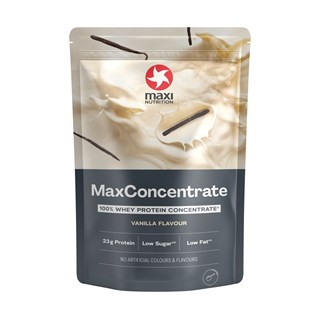Make your weight with this boxer meal plan
Far removed from the story of David and Goliath – a boxer is required to be within a defined weight classification to make the fight fair and competitive. At the same time a boxer will aim to fight at a lighter weight than their normal daily weight and take that extra strength and maximise their power to weight ration. For any boxer this poses an added complication to their preparation as they aim to make weight for a forthcoming fight.
Power to weight ratio
Strength, Speed, Stamina and Power are key components of fitness that will determine success in boxing. Achieving a favourable power to weight ratio helps boxers , who are renowned for their lightening speed and their punching power. Fine tuning the training programme combined with the appropriate nutritional support could be the difference to floating like a butterfly or floundering like a sloth.
Making weight
Typically a boxer attempts to make weight through a combination of energy restriction and dehydration – but one has to consider how this will affect performance? Research and boxers alike can testify that training with an adequate diet is important to support achieving goals.
A more sensible approach is to start 21 days out from the fight, splitting this time between a gradual phase (21-8 days) and a rapid phase (7-1 days) of weight loss. The gradual phase should adopt a more active approach where exercise becomes the main basis for weight loss coupled with an appropriate calorie restricted diet. As an example, boxers will normally increase their cardiovascular training by an extra 90-120 minutes per week; completing whole body exercise like running to lose as many calories as possible.
With a restricted diet replacing some of those carbohydrate and fat calories with additional protein, will help protect against atrophy (muscle wastage) or catabolism (muscle breakdown through energy restriction). Some boxers aims to consume between 1.8 - 2 grams of protein per kilogram of body mass per day. Nutritional supplements such as the Lean Definition range from Maximuscle with Promax Lean provides athletes supplementary protein along with a number of other ingredients.
During the rapid phase the focus will change to a more passive strategy – During this period there will be a natural tapering of exercise and this should be accompanied with further restriction of calories 500-700 kcal per day and fluid intake; but remembering that entering the ring dehydrated may impact on performance. In addition, you can use Maximuscle Thermobol 90 Tablets to support your nutrition strategy.
Boxer's diet
At a training weight of 63 kg, light-welterweights try to consume approximately 2600 kcal per day which is in line with the scientific recommendations based on their body weight, height and activity status. These calories are split theoretically into 60% carbohydrate (377g), 20% protein (126g) and 20% fat (56g), however practically that can often be hard to achieve.
Here’s a typical daily diet
| Breakfast | Post Training | Lunch | Post Training | Dinner | Before Bed |
|
Porridge (50g) with mixed fruit (113g) 262 kcal| Carbs 49.2g | Protein 5.5g | Fat 4.1g |
Maximuscle Promax Milk (330ml) 212 kcal | Carbs 19.8g | Protein 30g | Fat 0.7g |
Chicken breast, brown rice and vegetables 452 kcal | Carbs 44g | Protein 35g | Fat 15g |
138 kcal| Carbs 5.2g | Protein 25g | Fat 1.8g |
Salmon Steak (100g) with mixed vegetables (160g), sweet potato (150g) 452 kcal| Carbs 44g | Protein 35g | Fat 15g |
143 kcal| Carbs 2.3g | Protein 25g | Fat 2.9g |
|
Orange Juice (330ml) 132 kcal| Carbs 27g | Protein 0g | Fat 0g |
Poached eggs (2 eggs) and wholemeal toast (2 slices) 369 kcal | Carbs 33g | Protein 20g | Fat 13g |
In a comparison between reality and the theoretical guidelines for this diet, there are clear differences, this is not uncommon. The most noticeable difference is the carbohydrate quantity but often demand fluctuates. The carbohydrate levels can be altered to suit the boxer’s need, whereas the protein and fat levels should remain fairly constant, irrespective of training load.
How a boxer prepares in the last few weeks before a fight can really make the difference. Being as lean as possible and yet maintaining a positive power to weight ratio will help lead to victory. Close monitoring and careful planning is advised during the making weight phase – trying to lean down without any detriment to performance. A combination of exercise, a well managed diet and supplementation plan will point you in the right direction.






















